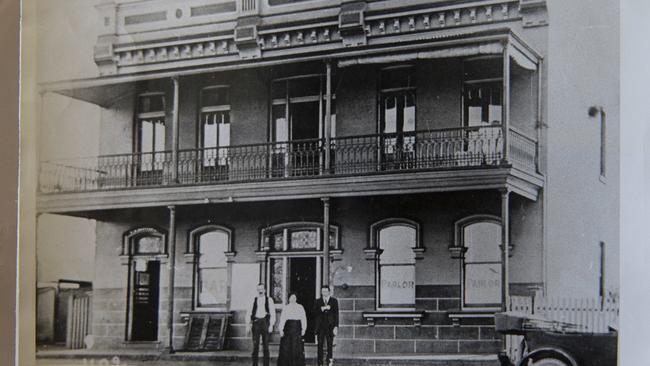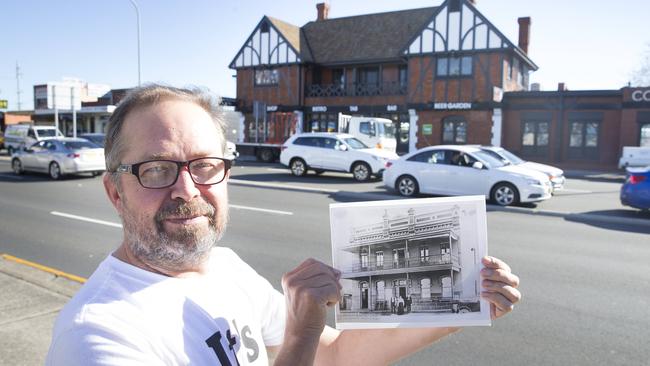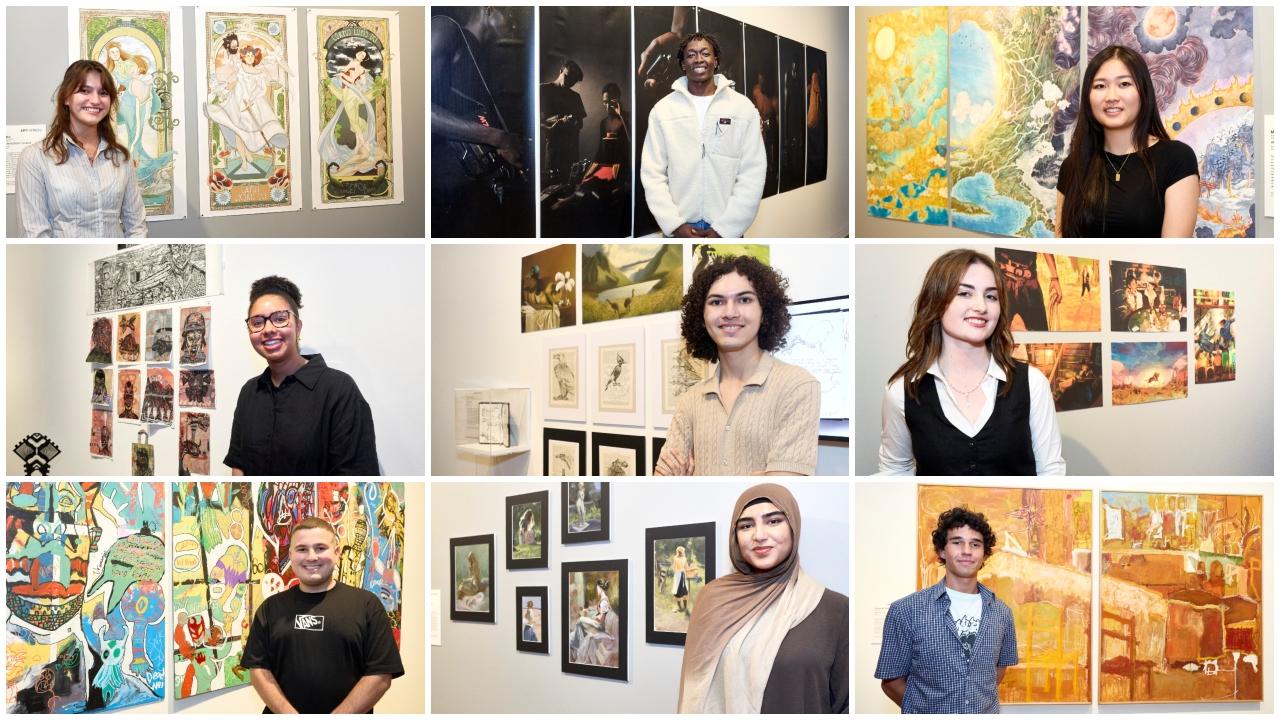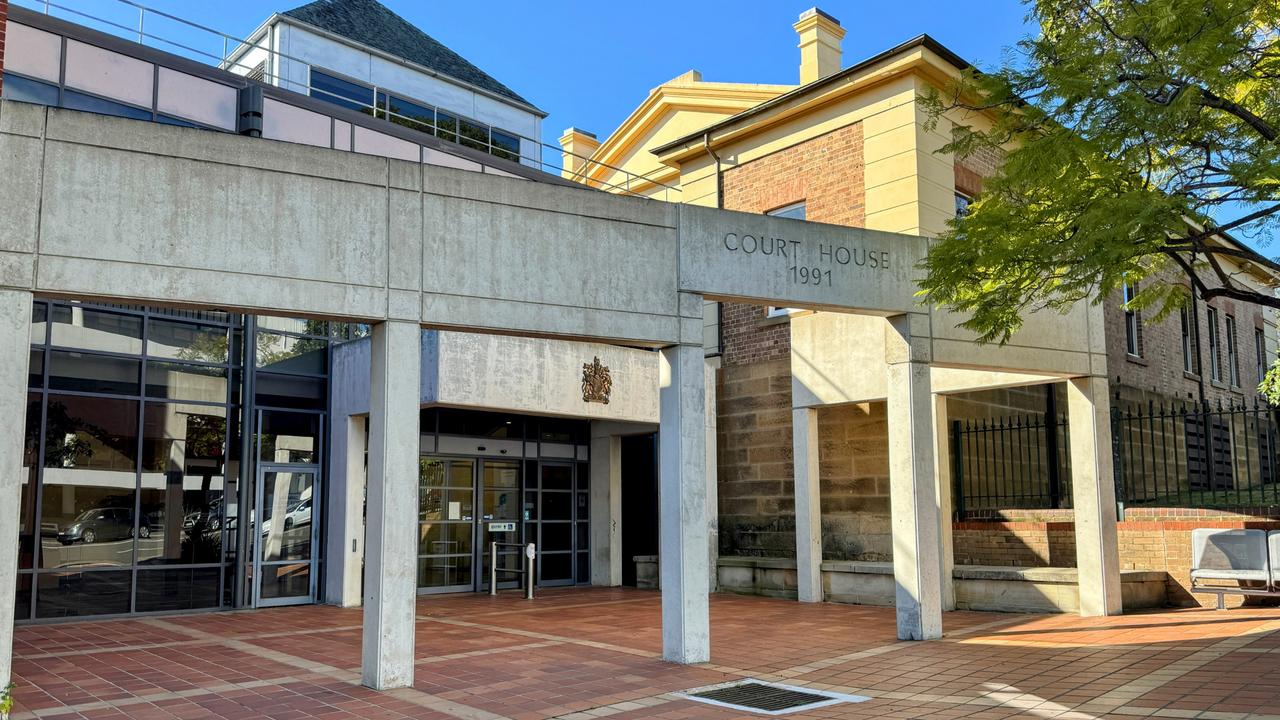Liverpool: How the city has transformed over centuries
Australia’s fourth oldest town has undergone a massive transformation over the years, with Liverpool now shaping itself to be Sydney’s third CBD. Take a look at how the city has changed over time.
The streets of Liverpool today bear little resemblance to its early days.
The town was founded on November 7, 1810 by Governor Lachlan Macquarie, who named it after the Earl of Liverpool, then Secretary of State for the Colonies.
The ensuing decades saw a number of buildings erected, including a school, St Luke’s Church, a hospital and a gaol.
Today, Liverpool Council is pushing ahead with a strategy to become Sydney’s third CBD, with the construction of the Western Sydney International (Nancy-Bird Walton) Airport at Badgerys Creek a key part of that vision.
Here’s a look at how the city of Liverpool has changed over the years:
COLLINGWOOD HOUSE
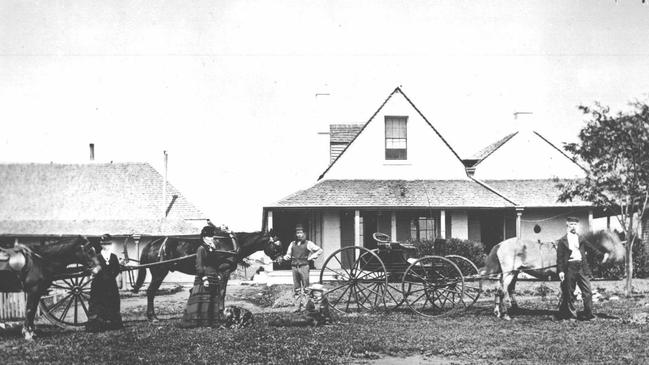
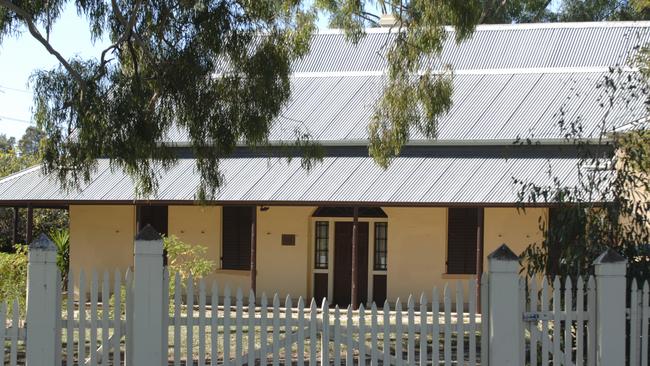
MACQUARIE ST
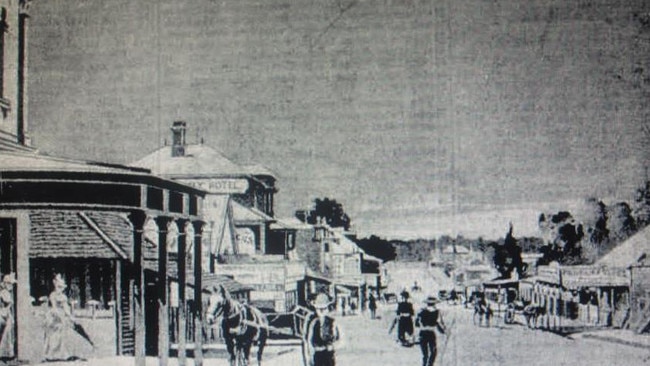
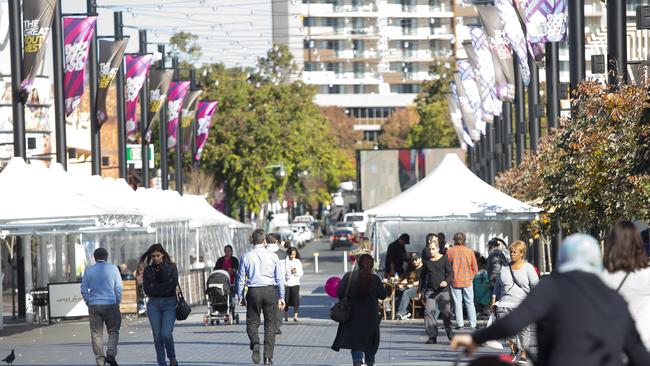
PAPER MILL
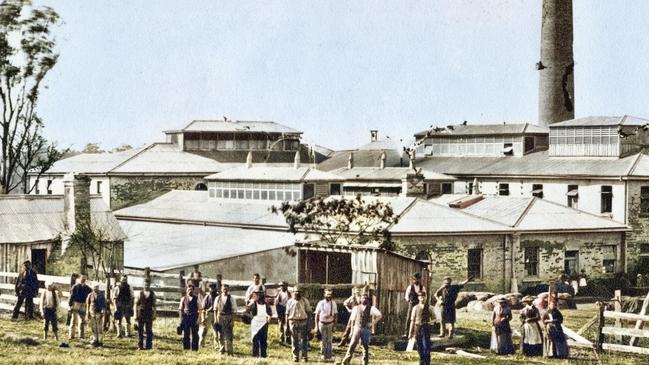
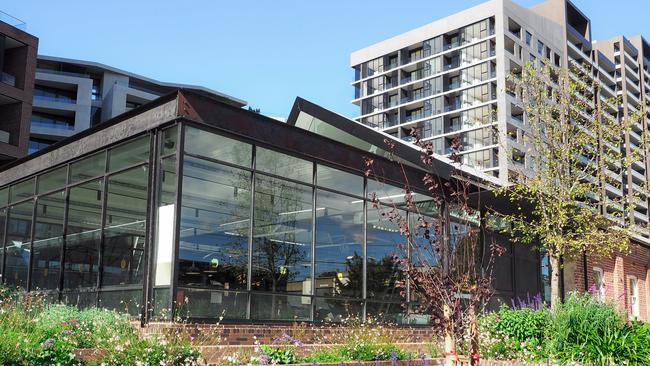
LOST SOPHIENBURG ESTATE IN CASULA
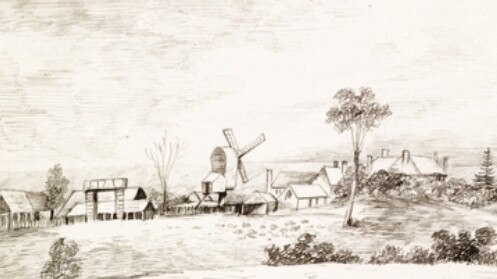
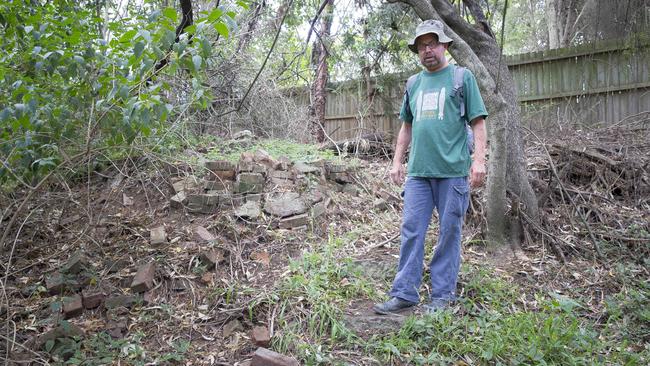
THE REGAL THEATRE
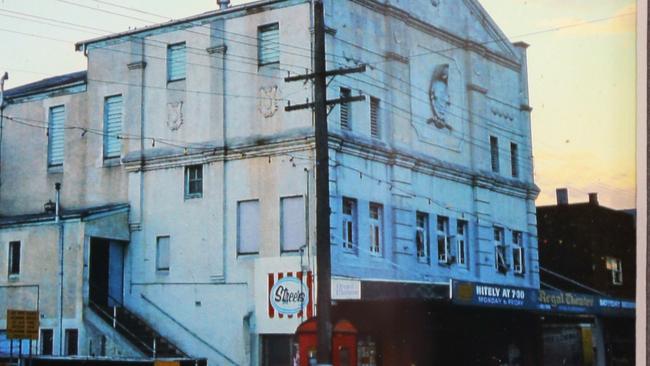
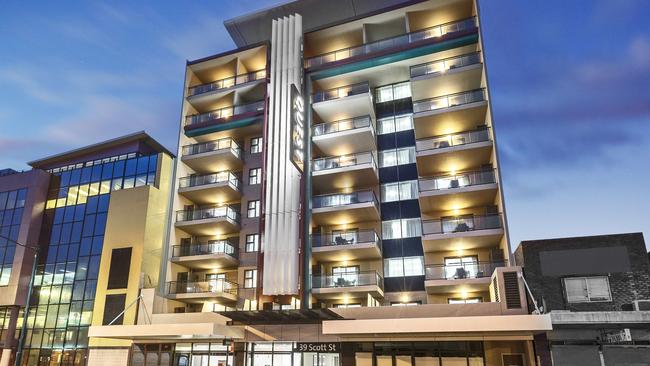
THE COLLINGWOOD HOTEL
